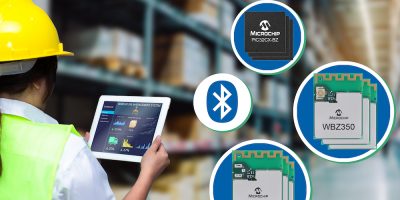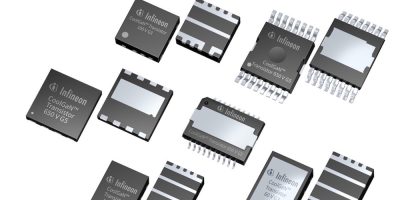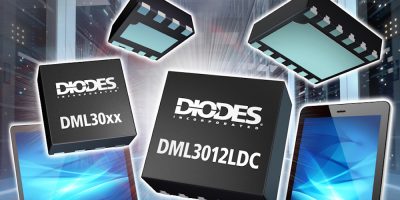u-blox has announced u-locate, a complete indoor positioning solution, offering the optimal combination of accuracy, cost and power consumption. Based on Bluetooth LE AoA (Angle-of-Arrival), u-locate delivers positioning accuracy levels down to 10 centimetres while ensuring extended tag battery lifetimes at an affordable price point.
The flexible and modular u-locate solution targets RTLS (real-time location system) solution providers and systems integrators, with end-user indoor tracking applications in warehousing, manufacturing, healthcare and many more. The easy-to-configure mobile application includes an extensive management support tool and anchors with self-aware orientation, removing the pain of complex solution installations and ensuring reduced times to market.
u-locate’s AoA positioning algorithms deliver accuracy while reducing the cost of tracking assets, enabling a wider range of use cases. The combination of Bluetooth 5.1 technology with the optimised antenna configuration of u-locate delivers positioning accuracy, without compromising power consumption. The u-locate solution scales easily as the end-user installation grows, and futureproofing is underpinned with OTA (over-the-air) software updates ensuring continuous access to new features and updates.
The flexible solution can be tailored according to the needs of the application, and consists of a positioning middleware (u-locateHub), a positioning engine (u-locateEngine), anchor points (u-locateAnchor) and tags (u-locateTag). It can be complemented with GNSS (Global Navigation Satellite System) products from u-blox, to guarantee seamless indoor and outdoor localisation.
u-locateHub complies with the omlox global interoperability standard and its well-documented API platform contains various APIs, supporting integration with multiple vendor solutions. By joining omlox, u-blox recognises the importance of contributing to a growing ecosystem, and promoting global interoperability of positioning solutions.







